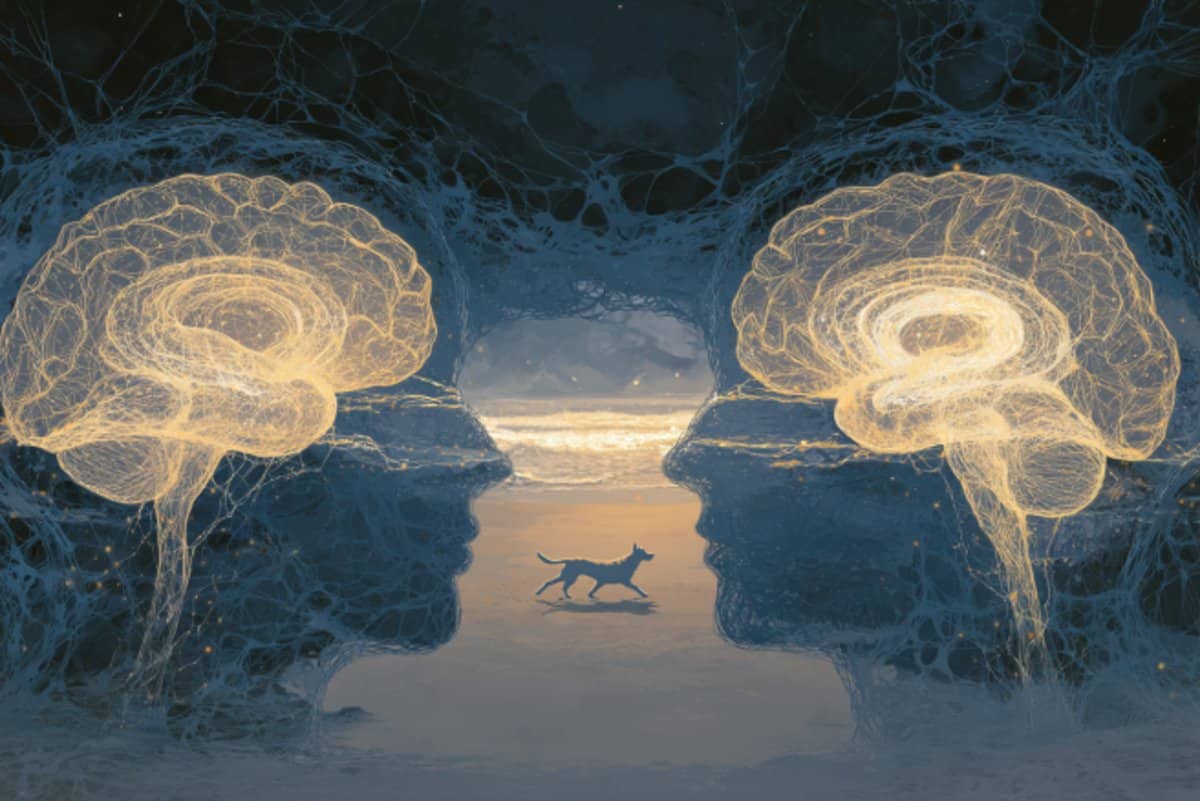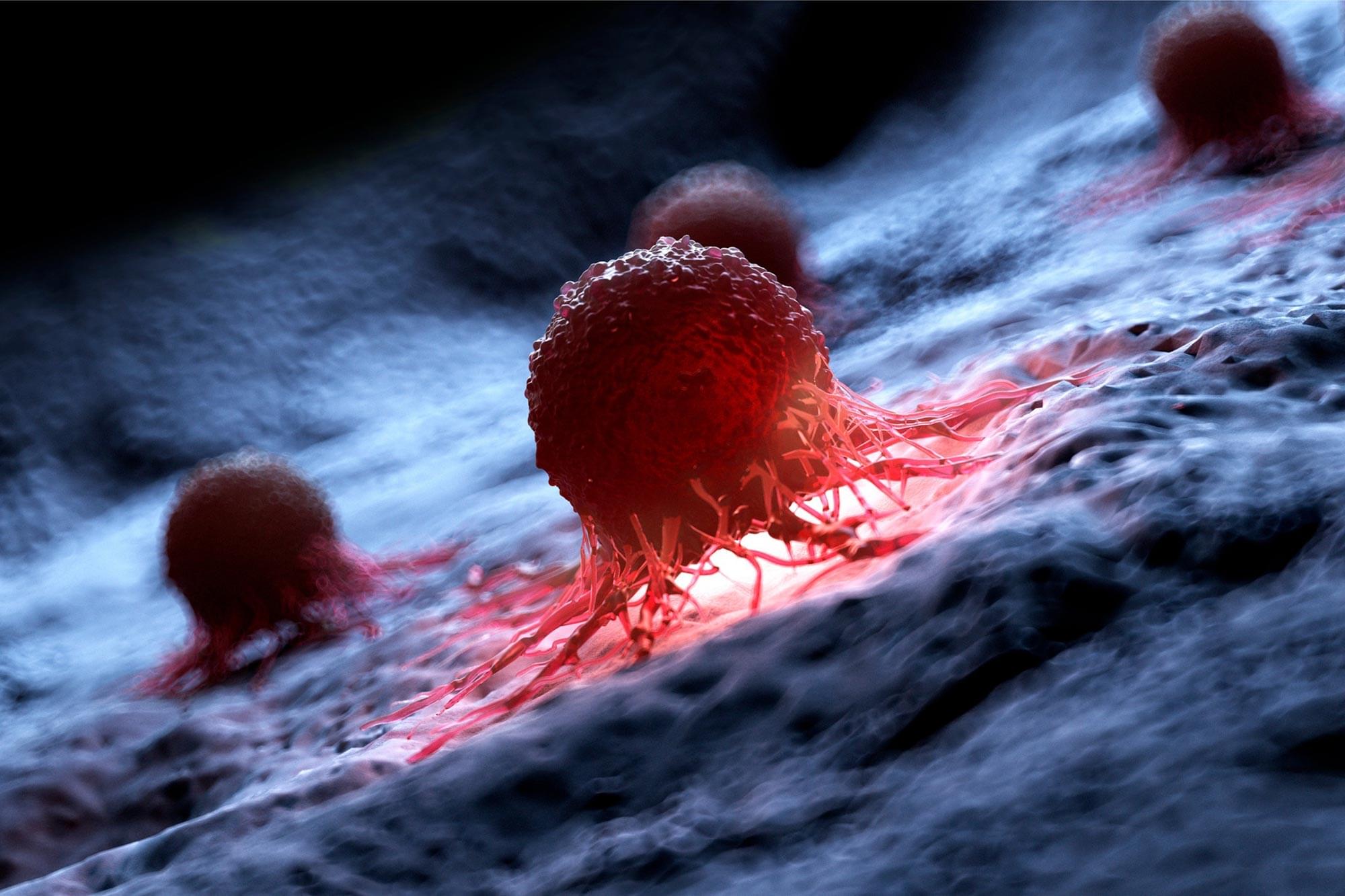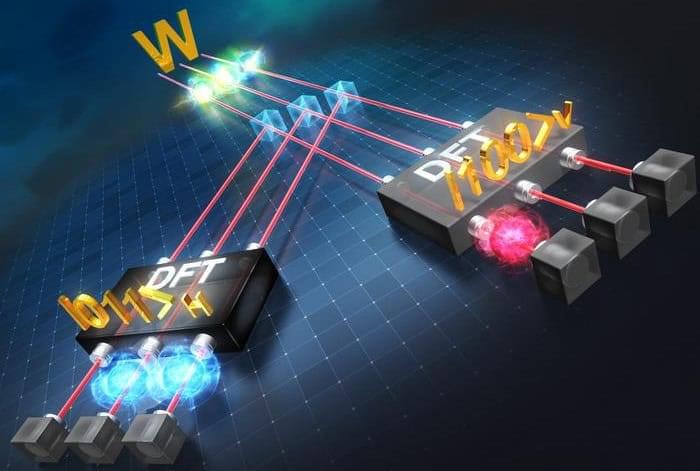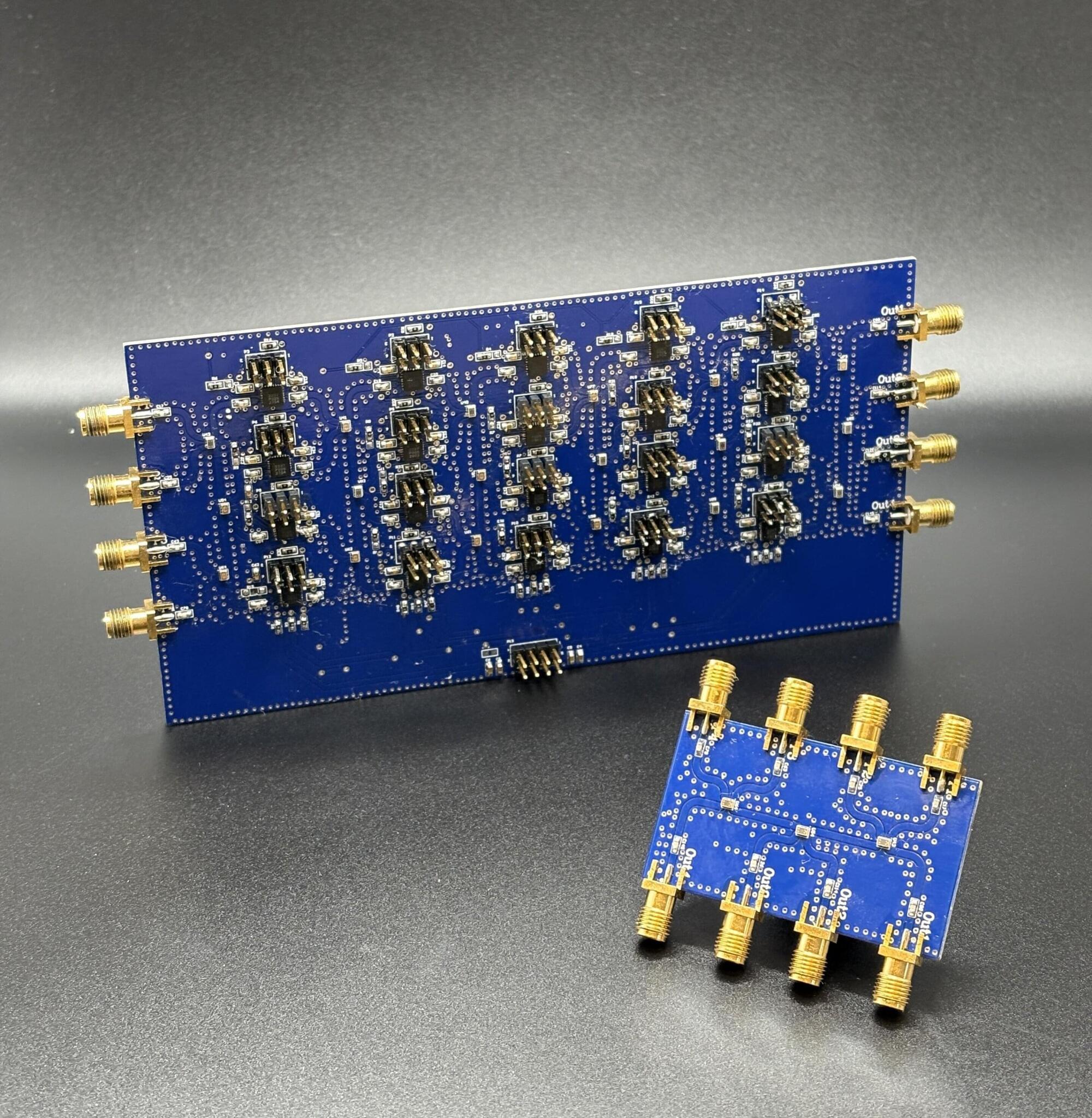A new study reveals how uniquely wired human brains can perceive the world in strikingly similar ways.


Virtual cells could make it faster and easier to discover new drugs. They could also give insight into how cancer cells evade the immune system, or how an individual patient might respond to a given therapy. They might even help basic scientists come up with hypotheses about how cells work that can steer them toward what experiments to do with real cells. “The overall goal here,” Quake says, “is to try to turn cell biology from a field that’s 90% experimental and 10% computational to the other way around.”
Some scientists question how useful predictions made by AI will be, if the AI can’t provide an explanation for them. “The AI models, normally, are a black box,” says Erick Armingol, a systems biologist and post-doctoral researcher at the Wellcome Sanger Institute in the U.K. In other words, they give you an answer, but they can’t tell you why they gave you that answer.



There are a wide range of applications for Fu and Yao’s new neuron, from redesigning computers along bio-inspired, and far more efficient principles, to electronic devices that could speak to our bodies directly.
“We currently have all kinds of wearable electronic sensing systems,” says Yao, “but they are comparatively clunky and inefficient. Every time they sense a signal from our body, they have to electrically amplify it so that a computer can analyze it. That intermediate step of amplification increases both power consumption and the circuit’s complexity, but sensors built with our low-voltage neurons could do without any amplification at all.”
The secret ingredient in the team’s new low-powered neuron is a protein nanowire synthesized from the remarkable bacteria Geobacter sulfurreducens, which also has the superpower of producing electricity. Yao, along with various colleagues, have used the bacteria’s protein nanowires to design a whole host of extraordinary efficient devices: a biofilm, powered by sweat, that can power personal electronics; an “electronic nose” that can sniff out disease; and a device, which can be built of nearly anything, that can harvest electricity from thin air itself.


Scientists have achieved a breakthrough in analog computing, developing a programmable electronic circuit that harnesses the properties of high-frequency electromagnetic waves to perform complex parallel processing at light-speed.
The discovery points to a new era of computing that operates far beyond the limits of conventional digital electronics, using less energy, while performing massive calculations.
The study, “Programmable circuits for analog matrix computations,” has been published in Nature Communications.

“Cannabis is widely used, but its long-term effects on health remain poorly characterized,” said Sandra Sanchez-Roige, Ph.D., associate professor of psychiatry at UC San Diego School of Medicine and senior author of the study. The researchers were also interested in the relationship between genetics and traits that contribute to the development of cannabis use disorder, which can interfere with a person’s daily life.
“While most people who try cannabis do not go on to develop cannabis use disorder, some studies estimate that nearly 30% will,” said Sanchez-Roige. “Understanding the genetics of early-stage behaviors may help clarify who is at greater risk, opening the door to prevention and intervention strategies.”
The research team conducted a genome-wide association study (GWAS) analyzing relationships between cannabis use and genetic data provided by 131,895 23andMe research participants. They answered survey questions about whether or not they had ever used cannabis, and those who answered yes were also asked how frequently they used the drug.
“We’ve known for decades that genetic factors influence whether or not people will try drugs, how frequently they use those drugs, and the risk that they will become addicted to them,” said Abraham A. Palmer, Ph.D., professor and vice chair for basic research in the department of psychiatry at UC San Diego School of Medicine and co-author of the study. “Genetic tools like GWAS help us identify the molecular systems that connect cannabis use to brain function and behavior.”
“ — —
New research has found genetic associations between cannabis use and psychiatric, cognitive, and physical health. The findings could inform prevention and treatment strategies for cannabis use disorders.

